Introduction
How Fast Are Pigeons: Pigeons, members of the Columba genus, have long been a subject of intrigue due to their astonishing navigational abilities and their remarkable swiftness in the air. While they may not be as renowned as raptors or migratory birds in discussions of avian speed, pigeons eat exhibit a unique combination of endurance and acceleration that sets them apart in the avian realm.
Pigeons are often observed darting through urban landscapes or gracefully gliding across open skies. But what truly sets them apart is their ability to cover substantial distances with impressive speed. In the wild, homing pigeons, a domesticated breed of rock dove, have been known to travel hundreds of miles at impressive velocities. This incredible talent led to their historical use as messengers, carrying vital information across vast territories in times of need.
To appreciate the extent of pigeon speed, we’ll delve into the mechanics of their flight, the specialized adaptations that enable their quick movements, and explore the fascinating world of pigeon racing—a sport dedicated to testing the limits of their speed and endurance. By the end of this exploration, we’ll gain a newfound appreciation for these seemingly ordinary birds, revealing their extraordinary capabilities as aerial athletes.
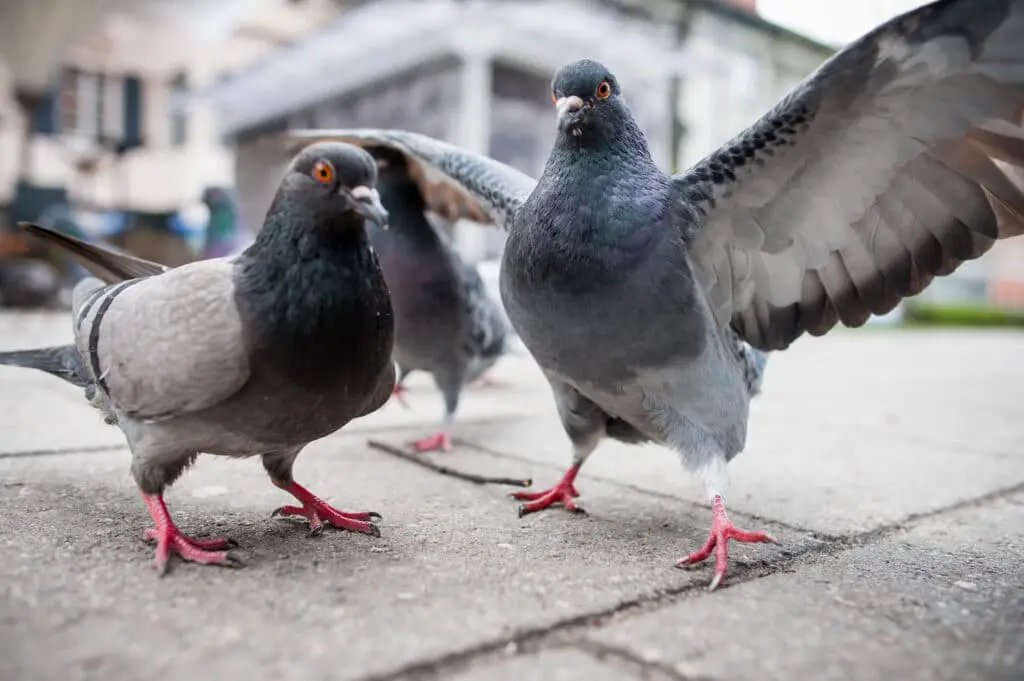
How fast is a pigeon in KM?
Flights as long as 1,800 km (1,100 miles) have been recorded by birds in competitive pigeon racing. Their average flying speed over moderate 965 km (600 miles) distances is around 97 km/h (60 miles per hour) and speeds of up to 160 km/h (100 miles per hour) have been observed in top racers for short distances.
Pigeons are not your typical birds when it comes to flight capabilities. While they may not have the streamlined, predatory appearance of a falcon or the acrobatic agility of a swallow, pigeons are well-adapted for efficient, sustained flight. Their wings are strong and broad, which allows for steady and powerful flapping. This enables them to cover significant distances without expending excessive energy.
One of the most tangible ways to measure pigeon speed is through pigeon racing, a popular sport that has been around for centuries. In pigeon racing, homing pigeons are released from a specific location, and they race back to their home lofts. The time it takes for them to return is recorded, and their speed is calculated based on the distance covered and the time elapsed.
Pigeon racing enthusiasts have documented some remarkable speeds achieved by homing pigeons. On average, racing pigeons can fly at speeds of 50 to 80 km/h (31 to 50 mph) over distances ranging from 100 to 1,000 kilometers (62 to 620 miles). However, under optimal conditions and with strong tailwinds, they can reach even higher speeds.
How far can a pigeon fly in a day?
700 miles
Pigeons can fly up to 700 miles in a single day, but are capable of flying far further if their journeys are broken up. The love – if that is the right word – they feel for their homes is so acute that they will sometimes die for it.
Pigeon Breed: Different breeds of pigeons have varying levels of endurance and speed. Racing pigeons, bred for performance, are known for their exceptional flight capabilities and can cover longer distances in a day compared to other breeds.
Weather Conditions: Weather plays a crucial role in determining how far and fast pigeons can fly in a day. Favorable conditions, such as clear skies and mild winds, can enable pigeons to cover greater distances. In contrast, adverse weather, including strong winds, rain, or storms, can significantly reduce their daily flight range.
Training and Conditioning: Pigeons used in racing or long-distance flights are meticulously trained and conditioned for peak performance. Regular training flights help build their endurance and improve their navigation skills.
Motivation: The motivation to return home or reach a specific destination can drive pigeons to push their limits. This motivation is often seen in homing pigeons, which have an innate ability to find their way back to their loft.
Can pigeons sleep while flying?
It is commonly assumed that flying birds maintain environmental awareness and aerodynamic control by sleeping with only one eye closed and one cerebral hemisphere at a time. However, sleep has never been demonstrated in flying birds.
Before delving into pigeons specifically, it’s important to understand avian sleep patterns. Birds, in general, have evolved unique sleep adaptations that allow them to remain vigilant while resting. This is particularly important for species like pigeons, which can face predation during both day and night.
Birds have two primary types of sleep: unihemispheric slow-wave sleep (USWS) and rapid eye movement (REM) sleep. USWS is a type of sleep that allows one hemisphere of the brain to rest while the other remains alert, ensuring that the bird can respond to threats or navigate during flight. REM sleep is the deeper, more restorative sleep that all animals require.
Pigeons, like many birds, have developed the ability to sleep in short bursts while flying. This is primarily achieved through unihemispheric slow-wave sleep. When pigeons are in flight, they can allow one hemisphere of their brain to enter a state of rest while the other remains awake and alert, maintaining control over their navigation and avoiding obstacles.
During these brief moments of rest, pigeons will often close one eye, which is a physical indicator of their sleep state. This partial sleep allows them to conserve energy during long flights, particularly during migratory journeys when they may need to cover vast distances without stopping to rest.
Which bird can fly 300 km per hour?
The bird that can achieve the greatest airspeed is the peregrine falcon, able to exceed 320 km/h (200 mph) in its dives.
Aerodynamic Design: Peregrine falcons have a sleek, streamlined body with long, pointed wings and a relatively small head. This design minimizes air resistance and allows them to cut through the air with minimal drag.
Muscular Power: The peregrine falcon possesses powerful flight muscles, particularly in its breast and wing regions. These muscles enable it to generate the tremendous thrust required for high-speed flight.
Stoop Technique: The peregrine falcon’s hunting technique, known as the stoop or hunting dive, is a key factor in its incredible speed. During a stoop, the falcon tucks its wings close to its body and dives steeply toward its prey. This specialized hunting strategy allows it to accelerate rapidly, reaching speeds that exceed 300 kilometers per hour.
Keen Eyesight: Exceptional visual acuity is another advantage that aids the peregrine falcon in hunting. Its sharp vision helps it lock onto prey from great distances, allowing for precision strikes during its high-speed dives.
What is the fastest flying bird?
The peregrine falcon
The peregrine falcon is best known for its diving speed during flight—which can reach more than 300 km (186 miles) per hour—making it not only the world’s fastest bird but also the world’s fastest animal.
The hunting stoop is a defining characteristic of the peregrine falcon’s hunting strategy. When a peregrine falcon spots its prey from high above, it enters a rapid and steep descent, reaching extraordinary speeds in the process. Just before striking its target, the falcon extends its talons and delivers a precise and deadly blow. The impact is often so forceful that it can instantly incapacitate the prey.
Beyond its incredible speed, the peregrine falcon is renowned for its role in the conservation movement. The species faced a significant decline in the mid-20th century due to the widespread use of pesticides, particularly DDT, which led to thinning eggshells and reproductive failures. Peregrine falcon populations plummeted.
However, concerted conservation efforts, including the banning of harmful pesticides and captive breeding programs, have allowed peregrine falcon populations to recover in many regions. The peregrine falcon’s resurgence is considered one of the most notable success stories in the field of wildlife conservation.
Where do pigeons go at night?
As night falls, the birds, particularly pigeons, will look for ledges that offer shelter. These are often lower down on your building or nearby property. The pigeons’ overnight roosting spot is likely to be flat and partially or fully sheltered from the wind and rain.
In urban environments, pigeons often seek shelter and resting spots on or within buildings and structures. They are known to roost on ledges, window sills, and building rooftops. These locations offer protection from predators and the elements, making them ideal for overnight stays.
Pigeons typically have preferred nesting sites, and these locations often double as their nighttime roosts. They might nest on building ledges, under bridges, in abandoned structures, or other concealed spots that provide some degree of safety and warmth. Pigeons are known to return to their nests at night to rest and tend to their young.
In less urbanized areas or parks, pigeons may choose to roost in trees. While they are not as agile in trees as smaller birds, pigeons can find secure branches to perch on, offering a vantage point to avoid ground predators. Some pigeon species may choose tree roosts, especially if they live in a more natural or rural environment.
What bird flies 10000 km?
A female falcon was equipped with a satellite tracking system in South Africa before migrating to Finland. In just 42 days, she flew over 10.000 km, at an incredible average of 230 km per day and nearly in a straight line.
Breeding and Feeding: The primary reason for the Arctic Tern’s incredible migration is tied to its breeding and feeding habits. These birds nest in the high Arctic during the short summer months, taking advantage of the 24-hour daylight to breed and raise their young. However, the Arctic summer is also the peak season for the explosion of marine life in the cold northern waters. By flying to the Antarctic for the winter, where the summer season occurs during the Arctic’s winter, they can access abundant food resources such as krill and small fish.
Avoiding Harsh Winters: Another crucial reason for the long journey is to escape the harsh Arctic winters. The Arctic winter is a brutal environment with extreme cold, long nights, and limited food availability. By migrating to the Antarctic, Arctic Terns can enjoy milder winters with more daylight hours, making it easier for them to find food.
Daylight Advantage: The Arctic Tern’s ability to take advantage of the continuous daylight in both the Arctic and Antarctic summers is a key factor in their migration strategy. This allows them to feed continuously during the extended daylight hours, ensuring they have enough energy to sustain their long journey.
Can a pigeon take down a plane?
When a bird flies, or is sucked into, the engine of a plane, the poor critter usually disintegrates. However, in incidents with larger birds there can be extensive damage to the engine. “Losing one engine is not going to cause an aircraft to crash because they are designed to fly with one engine down,” said Landells.
Aircraft Design: Modern aircraft are designed and built with bird strikes in mind. They undergo rigorous testing to ensure that they can withstand the impact of birds without catastrophic failure. The engines, in particular, are designed to be bird-resistant.
Engines vs. Pigeons: Jet engines on commercial airplanes are powerful machines, capable of producing thousands of pounds of thrust. When a bird, even a pigeon, is ingested into an engine, it is usually pulverized by the powerful turbines. While this can cause damage and sometimes even engine shutdown, it rarely leads to a plane crash.
Pilots’ Training: Pilots are trained to handle bird strikes. They are taught how to respond when an aircraft encounters a bird, and there are established procedures to ensure the safety of the flight.
Pilot Training and Procedures: Pilots are trained to handle various emergency situations, including engine failures. They have the knowledge and procedures to ensure the safety of the aircraft and passengers in the event of a bird strike.
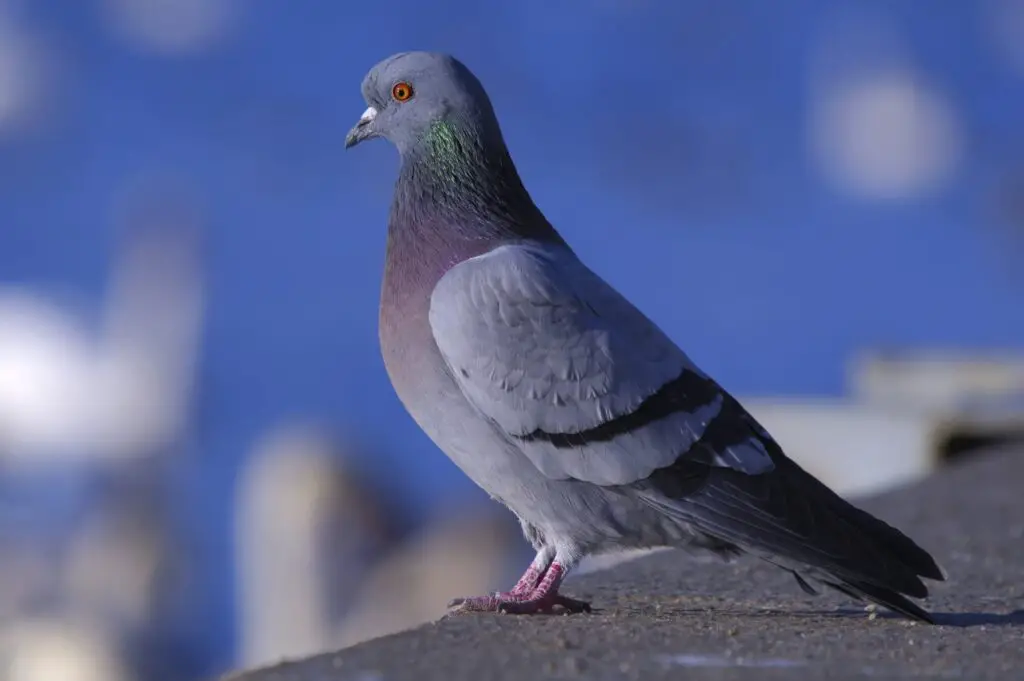
Conclusion
Pigeons may not be the first birds that come to mind when we think of speed in the avian world, but their remarkable abilities in flight are nothing short of impressive. Their unique combination of endurance and acceleration allows them to achieve impressive speeds, making them a subject of fascination for scientists and enthusiasts alike.
Whether navigating the bustling urban landscape or embarking on long-distance journeys across vast territories, pigeons exhibit a level of speed and agility that challenges our preconceived notions about these unassuming birds. From their historical role as messenger birds to their participation in competitive pigeon racing, pigeons have proven time and again that they are more than capable of achieving impressive velocities.
The speed of pigeons fly, we are reminded that nature often conceals extraordinary talents within seemingly ordinary creatures. Pigeons, with their remarkable flight capabilities, serve as a testament to the beauty and wonder of the natural world, encouraging us to look beyond appearances and appreciate the hidden marvels that exist in our midst.

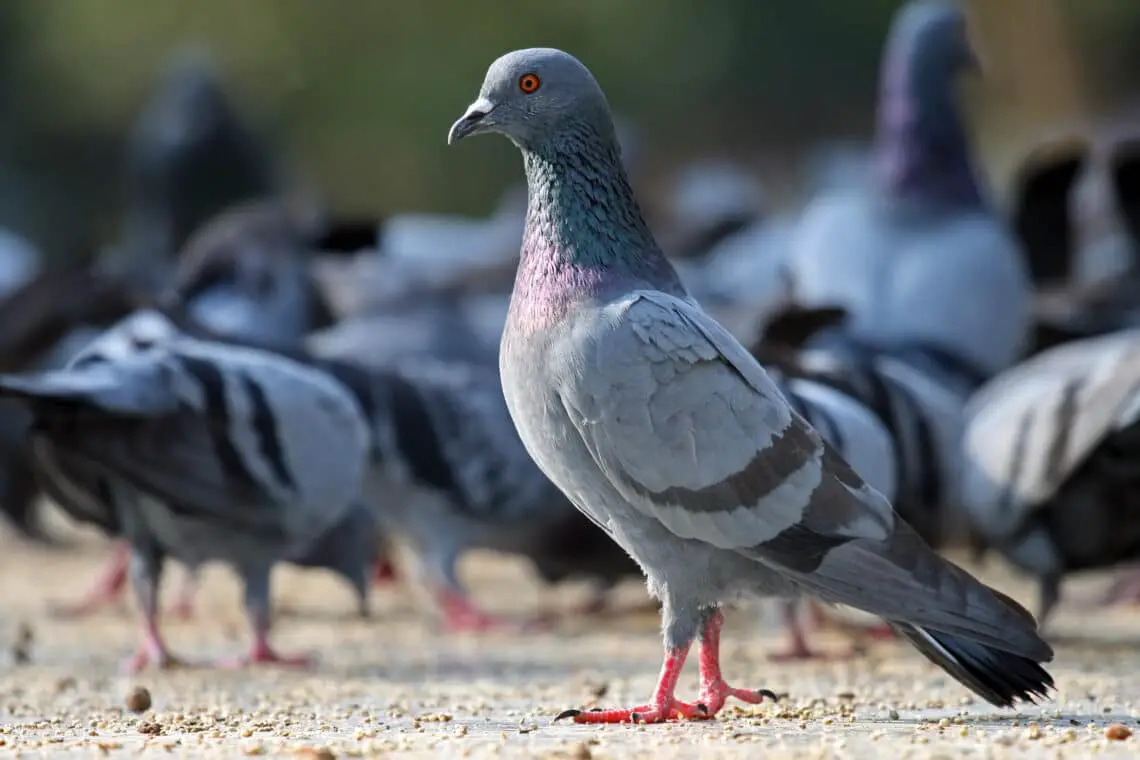

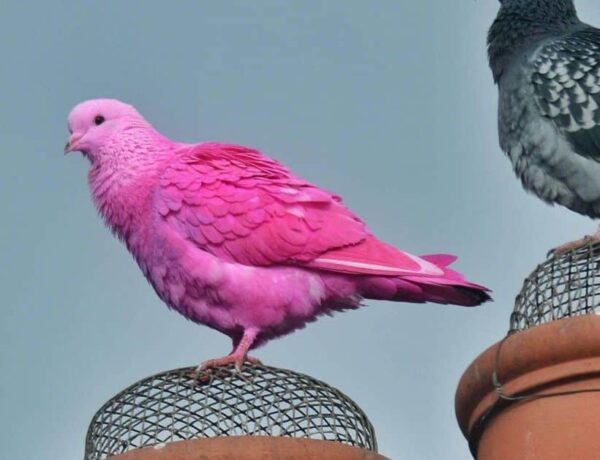
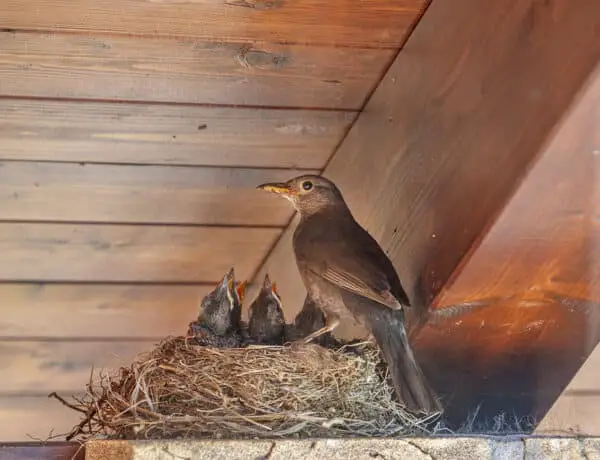
No Comments